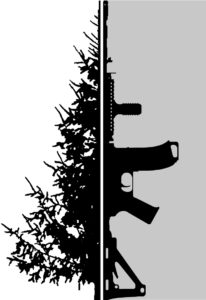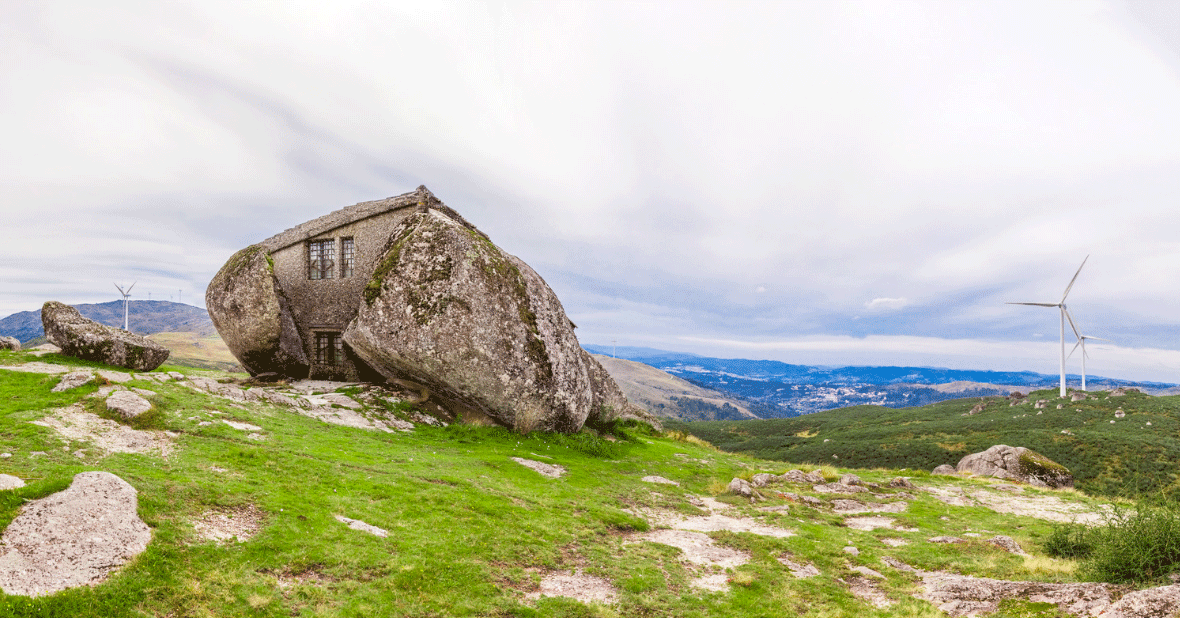After the Fall: Beyond Prepper Gardening
 Chances are that most people will get through their lives just fine without wearing a seatbelt, but there are a few exceptions. Same goes with not putting on motorcycle helmets. The news media are quick to report all bad luck or freakish occurrences, no matter how remote.
Chances are that most people will get through their lives just fine without wearing a seatbelt, but there are a few exceptions. Same goes with not putting on motorcycle helmets. The news media are quick to report all bad luck or freakish occurrences, no matter how remote.
The collapse of society, however, is never brought up as something to worry about, though history is full of examples of fallen societies with populations once very happy with their daily routines. Who would have thought that a few Colonial Americans would overthrow the security of the British Empire they were comfortably living under?
Boy Scout founder Lt. General Robert Baden-Powell chose Be Prepared as a lifelong guide: “the meaning of the motto is that a scout must prepare himself by previous thinking out and practicing how to act on any accident or emergency so that he is never taken by surprise.” More precisely, “A Scout is never taken by surprise; he knows exactly what to do when anything unexpected happens.”
Preppers today are the best inheritors of the Boy Scout legacy. So are the Mormons, according to Ted Koppel in his bestseller Lights Out: A Cyberattack, A National Unprepared, Surviving the Aftermath. Mormon society is prepared in case the fragile grid goes down or the media-reinforced bubble of well being suddenly bursts.
According to Koppel, Mormons are already ready to feed their own people: “The Storehouse I visited is part of a sprawling network. Think of 111 mini-marts spread around the United states and Canada,” supplied by “large central warehouses” that won’t be available to the population at large, whose own food-distribution systems will fail immediately in desperate urban areas.
He is impressed by the magnitude of the Mormon emergency plan if the grid goes down: “Only a chain of stores on the scale of Costco or Walmart would need a facility of this size: building after building, thirty or forty feet high, pallets stacked floor to ceiling with everything from food supplies to shelves of truck tires,” and everything else needed to sustain life within the  Mormon communities.
Mormon communities.
For those who aren’t Mormons, I notice that a recent Sam’s Club “Instant Savings” flyer is offering $800 off a $4,699 food survival kit that “Feeds 4 people for a full year.” Or might a one-week Bahamas vacation be more fun?
Survivalism is instinctive in human culture and may unwittingly account for the popularity of home food gardening and local farmer’s markets. But hungry neighbors and rampaging urban gangs will quickly notice where the food is. “So what happens,” Koppel asks, “if some people show up at your front door, and some of them may even be carrying weapons, and they say ‘give us what you’ve got’? What’s your response?” And “What if the number grows, and there are thousands of starving people, and the word gets out.” Rightly so, the Mormons he interviews won’t answer past a certain point.
Most preppers give little thought to the ugly business of actually defending food and family with guns. Now entrepreneurial companies are starting to show up in the American Redoubt states of Montana, Wyoming, and Idaho. Strategic Landscape Design offers practical help with the macro elements of setting up and defending your garden and property, drawing upon self-sustaining practices already known, but now merged with Second Amendment armament.
actually defending food and family with guns. Now entrepreneurial companies are starting to show up in the American Redoubt states of Montana, Wyoming, and Idaho. Strategic Landscape Design offers practical help with the macro elements of setting up and defending your garden and property, drawing upon self-sustaining practices already known, but now merged with Second Amendment armament.
 Even more impressive is Survival Retreat Consulting (photo below), based in the American Redoubt, which even offers “Custom Live Fire Tactical Training at your Retreat Property,” including “Active Retreat Defense Course,” “Small Unit Tactics,” “CQB Rifle and Pistol,” “Basic and Advanced Precision Rifle,” and “Cold Weather Tactical Operations.” Not for me, but maybe most of us can get by without wearing seatbelts or helmets.
Even more impressive is Survival Retreat Consulting (photo below), based in the American Redoubt, which even offers “Custom Live Fire Tactical Training at your Retreat Property,” including “Active Retreat Defense Course,” “Small Unit Tactics,” “CQB Rifle and Pistol,” “Basic and Advanced Precision Rifle,” and “Cold Weather Tactical Operations.” Not for me, but maybe most of us can get by without wearing seatbelts or helmets.
 Chances are that most people will get through their lives just fine without wearing a seatbelt, but there are a few exceptions. Same goes with not putting on motorcycle helmets. The news media are quick to report all bad luck or freakish occurrences, no matter how remote.
Chances are that most people will get through their lives just fine without wearing a seatbelt, but there are a few exceptions. Same goes with not putting on motorcycle helmets. The news media are quick to report all bad luck or freakish occurrences, no matter how remote. Mormon communities.
Mormon communities.  actually defending food and family with guns. Now entrepreneurial companies are starting to show up in the American Redoubt states of Montana, Wyoming, and Idaho. Strategic Landscape Design offers practical help with the macro elements of setting up and defending your garden and property, drawing upon self-sustaining practices already known, but now merged with Second Amendment armament.
actually defending food and family with guns. Now entrepreneurial companies are starting to show up in the American Redoubt states of Montana, Wyoming, and Idaho. Strategic Landscape Design offers practical help with the macro elements of setting up and defending your garden and property, drawing upon self-sustaining practices already known, but now merged with Second Amendment armament. Even more impressive is Survival Retreat Consulting (photo below), based in the American Redoubt, which even offers “Custom Live Fire Tactical Training at your Retreat Property,” including “Active Retreat Defense Course,” “Small Unit Tactics,” “CQB Rifle and Pistol,” “Basic and Advanced Precision Rifle,” and “Cold Weather Tactical Operations.” Not for me, but maybe most of us can get by without wearing seatbelts or helmets.
Even more impressive is Survival Retreat Consulting (photo below), based in the American Redoubt, which even offers “Custom Live Fire Tactical Training at your Retreat Property,” including “Active Retreat Defense Course,” “Small Unit Tactics,” “CQB Rifle and Pistol,” “Basic and Advanced Precision Rifle,” and “Cold Weather Tactical Operations.” Not for me, but maybe most of us can get by without wearing seatbelts or helmets.
Something that wasn’t mentioned in this very interesting article is the Latter Day Saints internal structure. Having an orderly society during times of collapse will make a big difference in how a community will fare. The LDS church has a system that keeps every last member connected to the smallest unit, a ward, and all members have “jobs” within the system, that helps keep communication working. Then each small unit is part of a larger unit called a Stake, and so on.